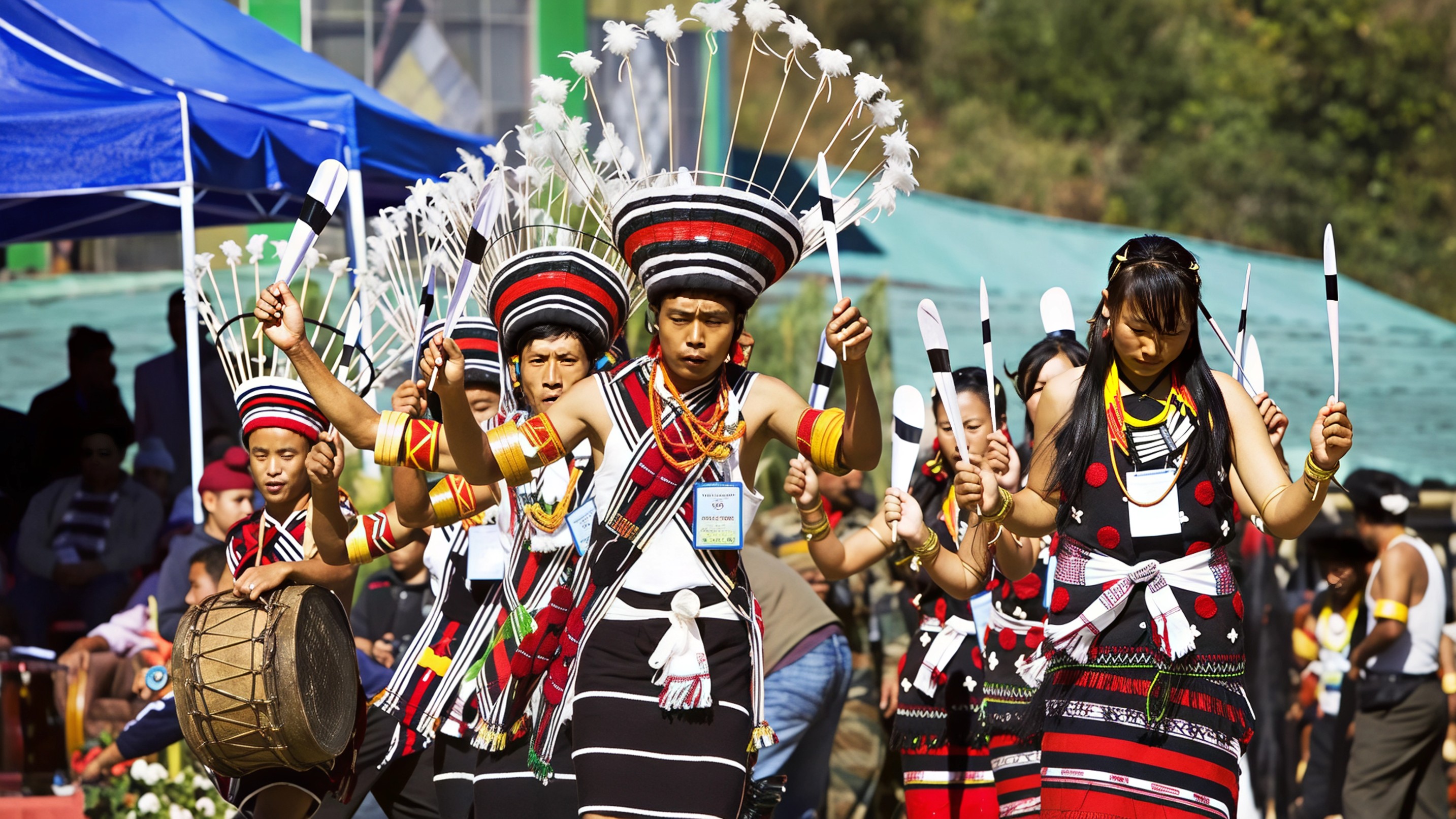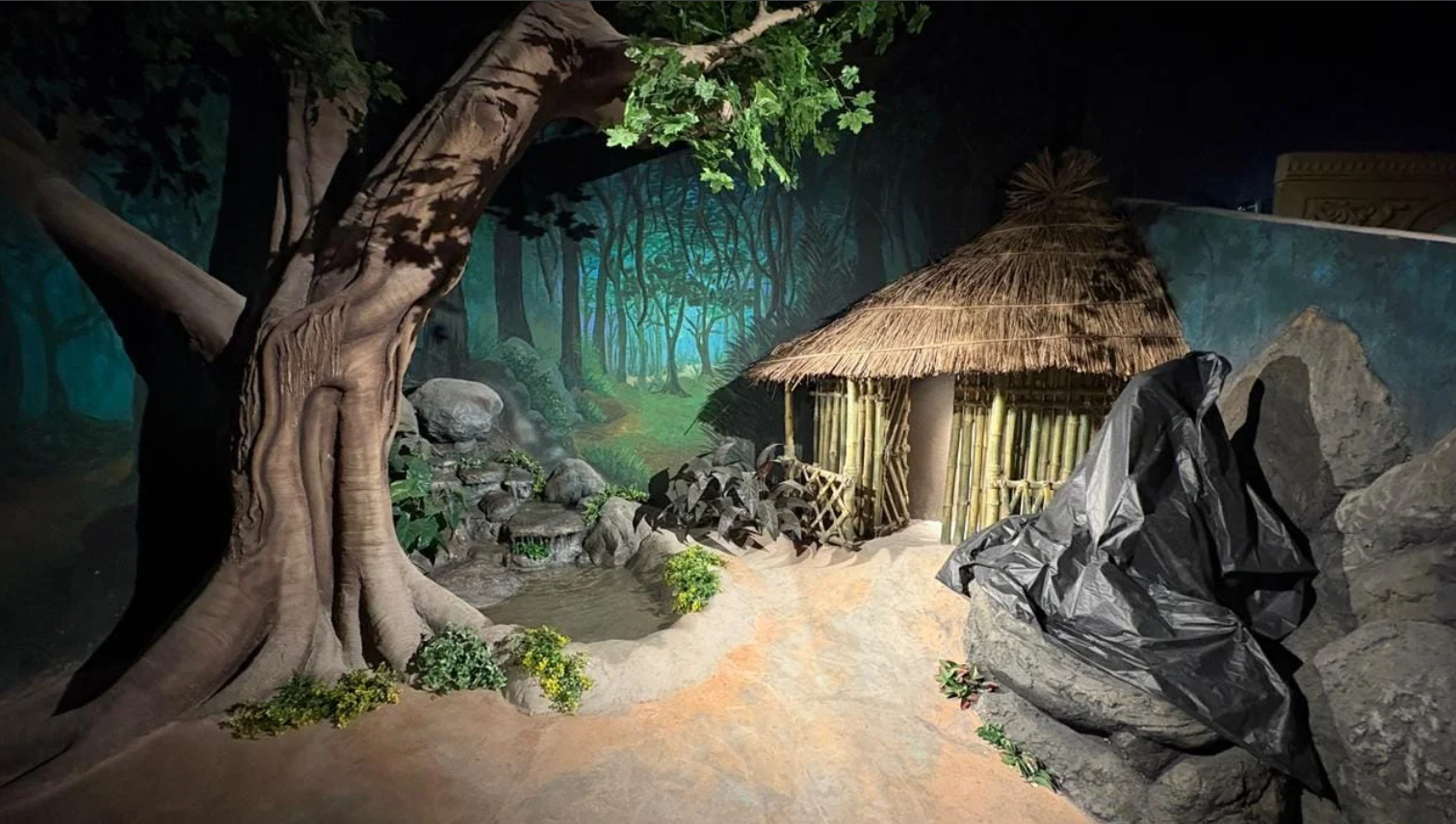Honouring Gandhi Through Places Of History
Every year on October 2, India pauses to remember Mahatma Gandhi, whose philosophy of non-violence inspired the world and whose leadership shaped India’s freedom movement. While his words and values live on in books and speeches, there are also places across India where his life can be felt in the walls, artefacts, and memories preserved within. These historic sites not only tell the story of his journey but also remind us of the simplicity and strength with which he lived.
Sabarmati Ashram Gujarat
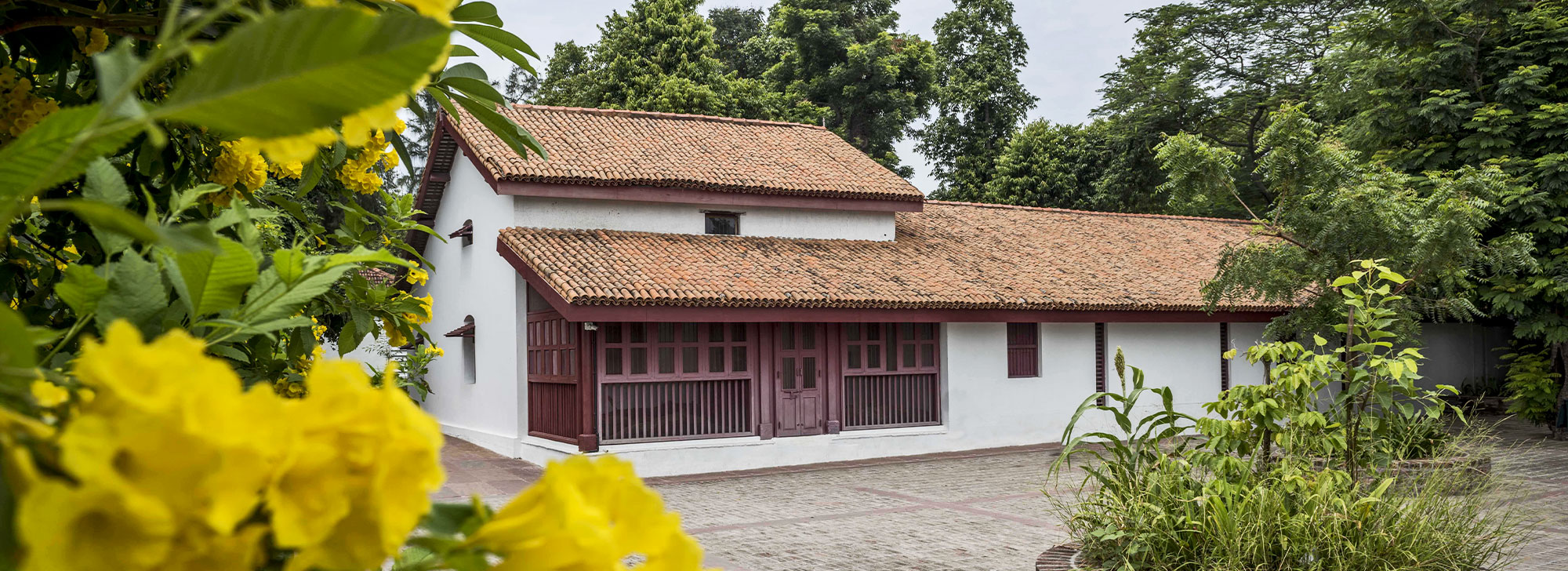
Perhaps the most iconic of Gandhi’s homes, Sabarmati Ashram in Ahmedabad was where he lived with Kasturba Gandhi for twelve years. It became the centre of India’s non-violent freedom struggle and continues to draw visitors from all over the world. Within its grounds, Hriday Kunj, Vinobha Kutir, and Upasana Mandir capture the spirit of his life. The Gandhi Sangrahalaya houses galleries filled with panels and artefacts that narrate milestones from his journey. The peaceful setting by the Sabarmati River makes it a moving experience for all who visit.
Kasturba Kutir Delhi
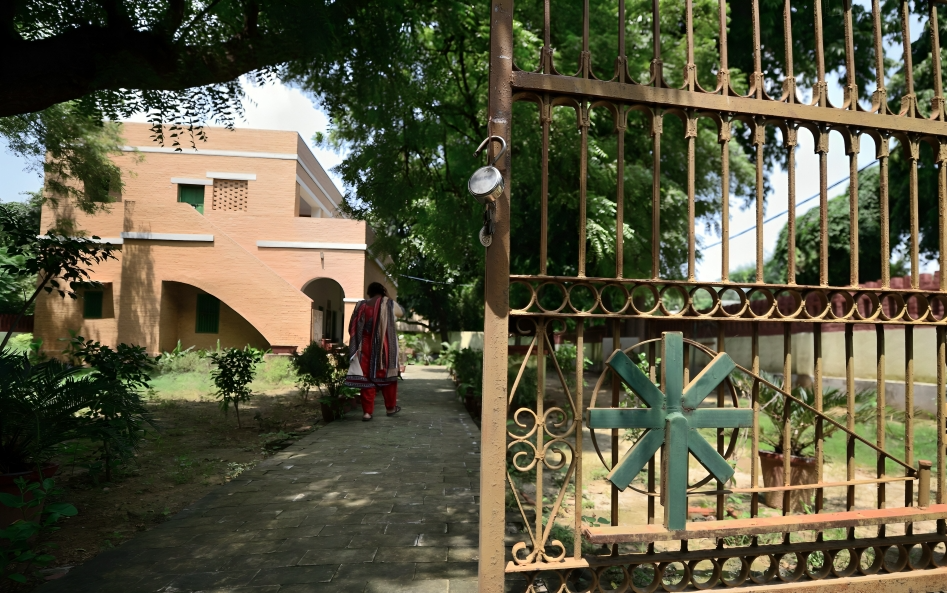
The Mata Kasturba Memorial Museum in Delhi preserves a unique chapter of history. The residence where Gandhi and Kasturba once lived during the 1930s and 1940s has been carefully restored and converted into a museum. Objects like Kasturba’s bathtub and kitchen remind visitors of their daily lives, while the museum as a whole honours her role alongside Gandhi in India’s freedom struggle.
Kochrab Ashram Gujarat
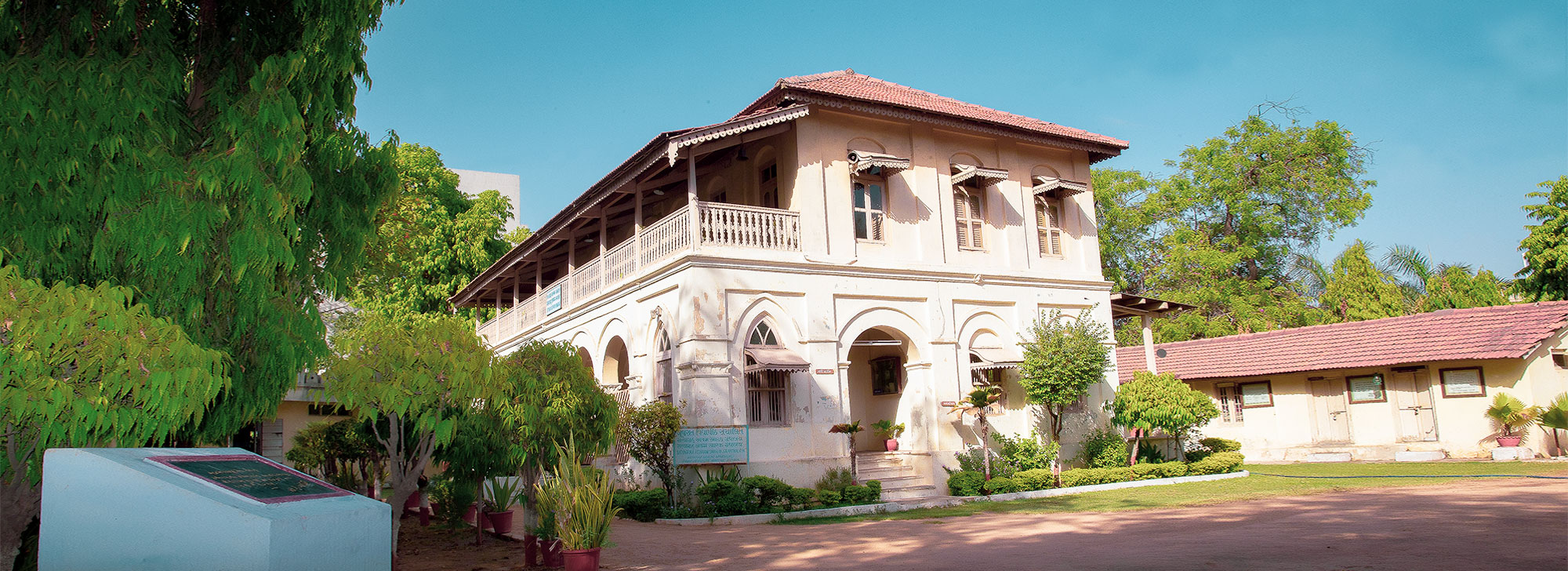
The Kochrab Ashram, founded by Gandhi in 1915 after his return from South Africa, was his very first ashram in India. Known later as the Satyagraha Ashram, it became the foundation of his philosophy of peaceful resistance against colonial rule. It holds a special place as the beginning of his organised efforts in the country and is an important stop for anyone tracing his journey.
Mani Bhavan Maharashtra
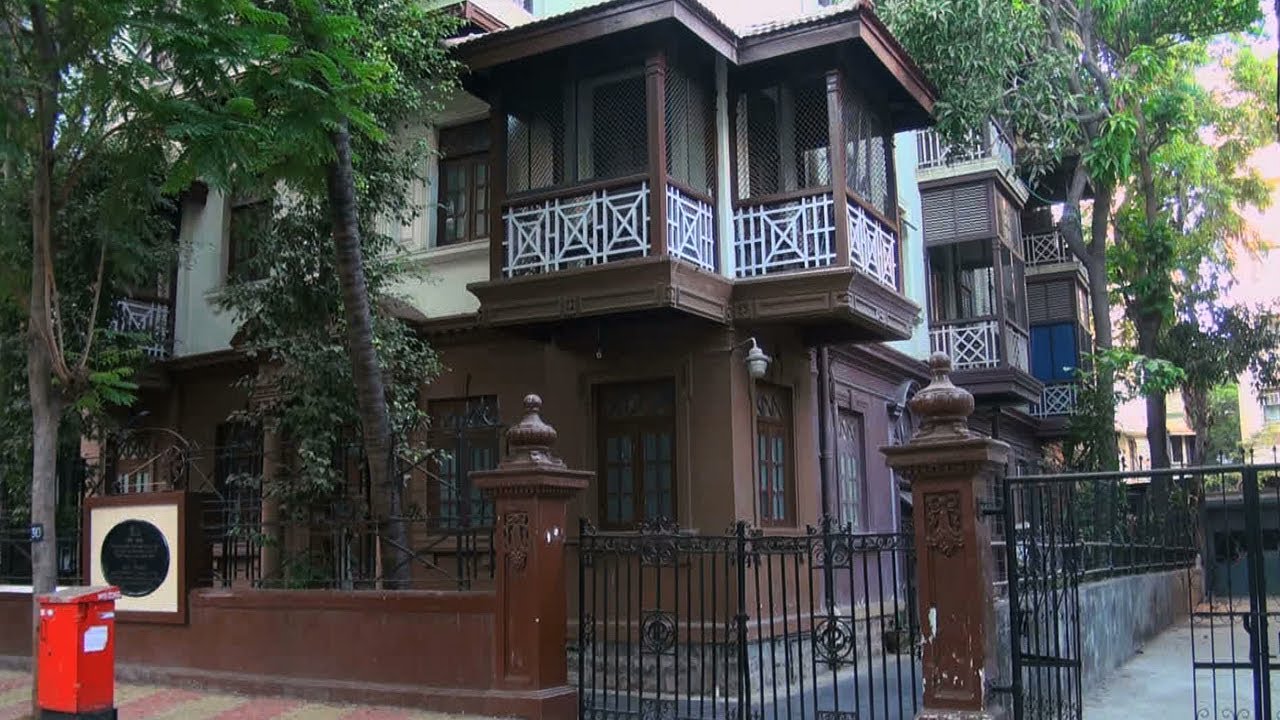
In Mumbai, Mani Bhavan served as a headquarters for Gandhi’s work between 1917 and 1934. This was where he launched several significant movements and also went on historic fasts, including the one in 1921 to restore peace in Bombay. Today, Mani Bhavan has been preserved as a heritage site with photo galleries, personal belongings, and an impressive library of nearly 40,000 books. Walking through its rooms is like stepping into the epicentre of India’s freedom movement.
Dandi Gujarat
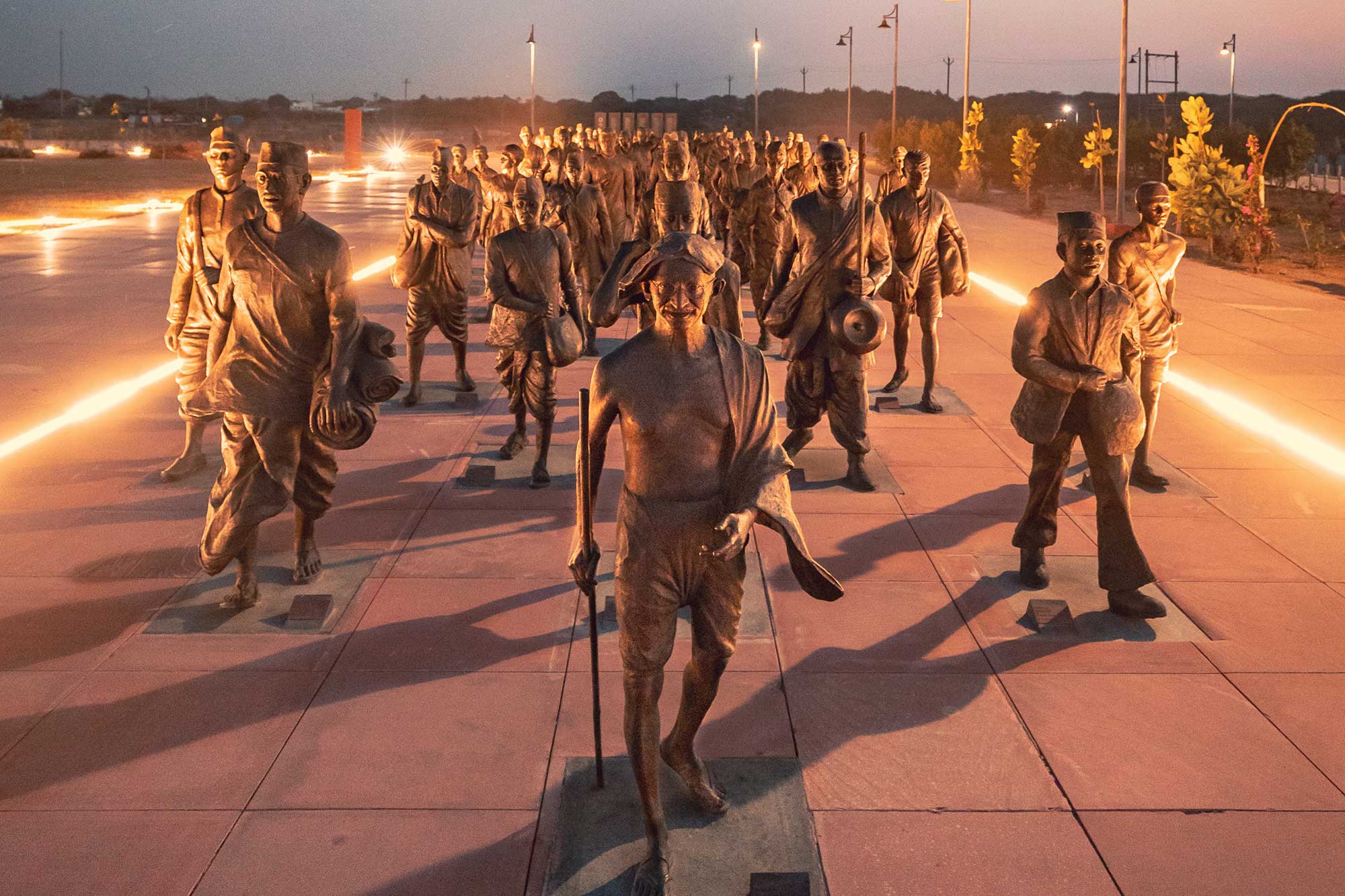
The coastal village of Dandi is etched in history as the final stop of the famous Salt March of 1930. Starting from Sabarmati Ashram, Gandhi and his followers walked nearly 240 miles to Dandi in a peaceful protest against British salt laws. Today, the National Salt Satyagraha Memorial in the village honours this movement that inspired nationwide resistance and became a defining symbol of India’s struggle for freedom.
Raj Ghat Delhi
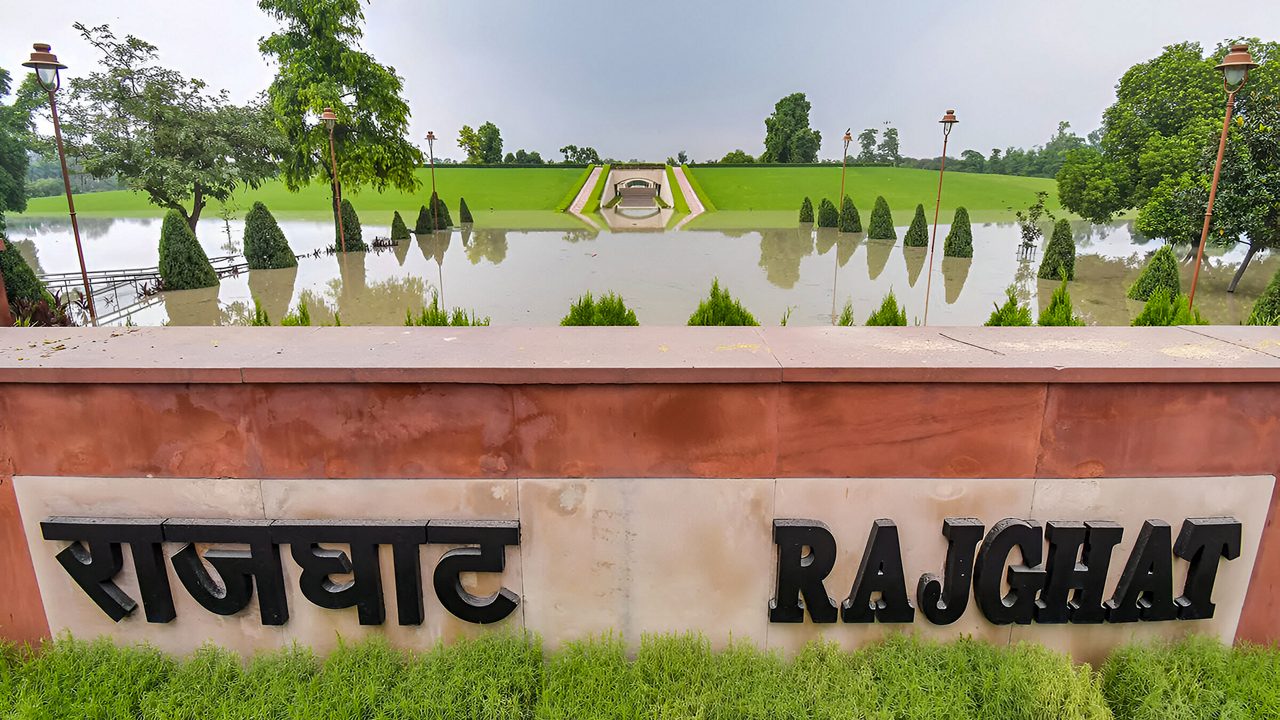
Simple yet deeply moving, Raj Ghat in Delhi marks the cremation site of Mahatma Gandhi after his assassination in 1948. A black marble platform and an eternal flame at the site embody the simplicity and strength of his life. Inscribed with his last words, “Hey Ram,” Raj Ghat is a place of silence, reflection, and reverence, attracting people from across the world who wish to pay their respects.
Keeping Gandhi’s Legacy Alive
Visiting these historic places on Gandhi Jayanti is more than just paying tribute. It is an opportunity to reflect on the values of truth, simplicity, and peace that remain as relevant today as they were during his lifetime. Whether it is spinning the charkha at Sabarmati, walking through Mani Bhavan’s galleries, or sitting in silence at Raj Ghat, each experience draws us closer to understanding the ideals that defined the Father of the Nation.
For more inspiring travel stories and cultural journeys, follow Travel Moves on Instagram and Facebook.



